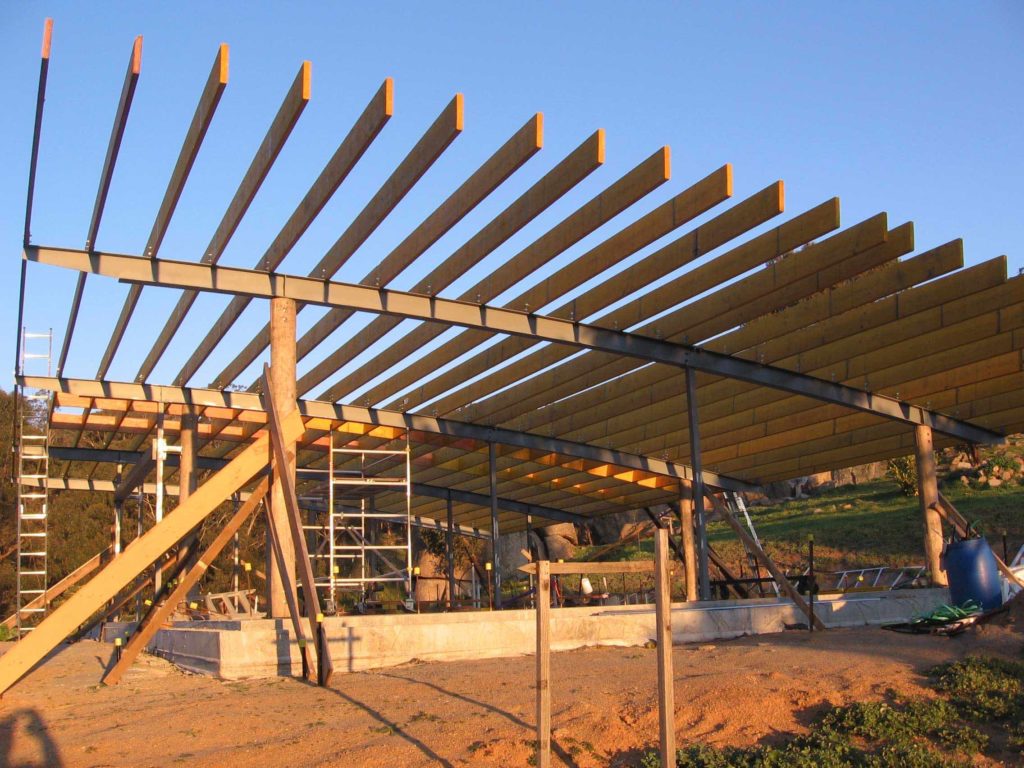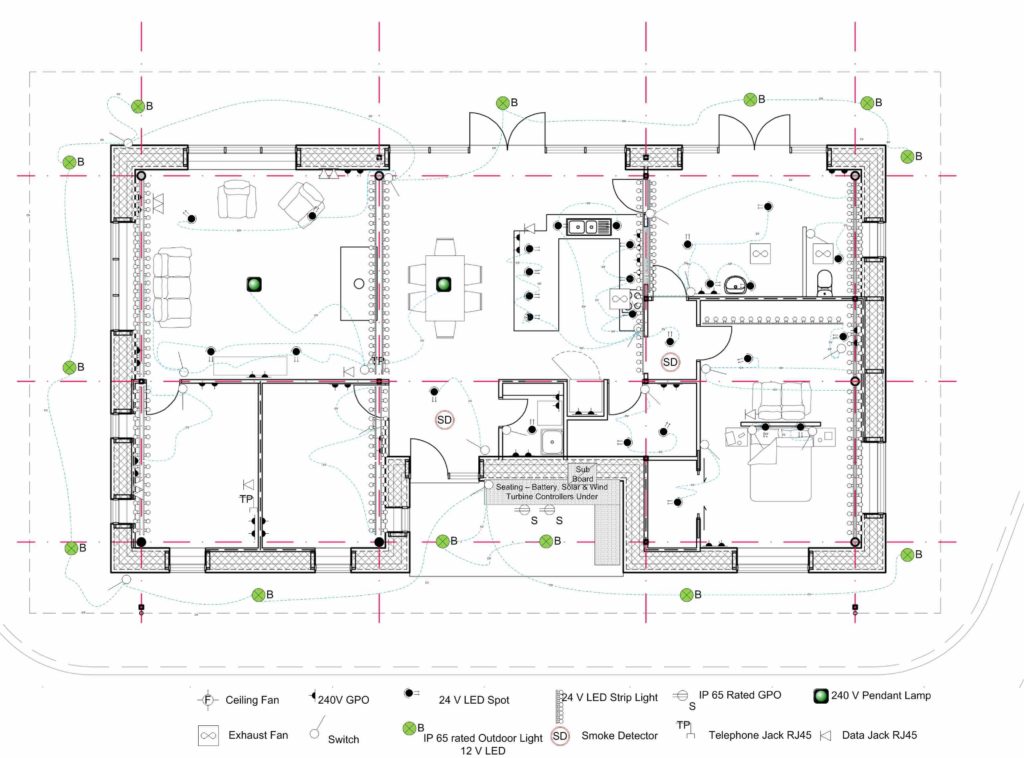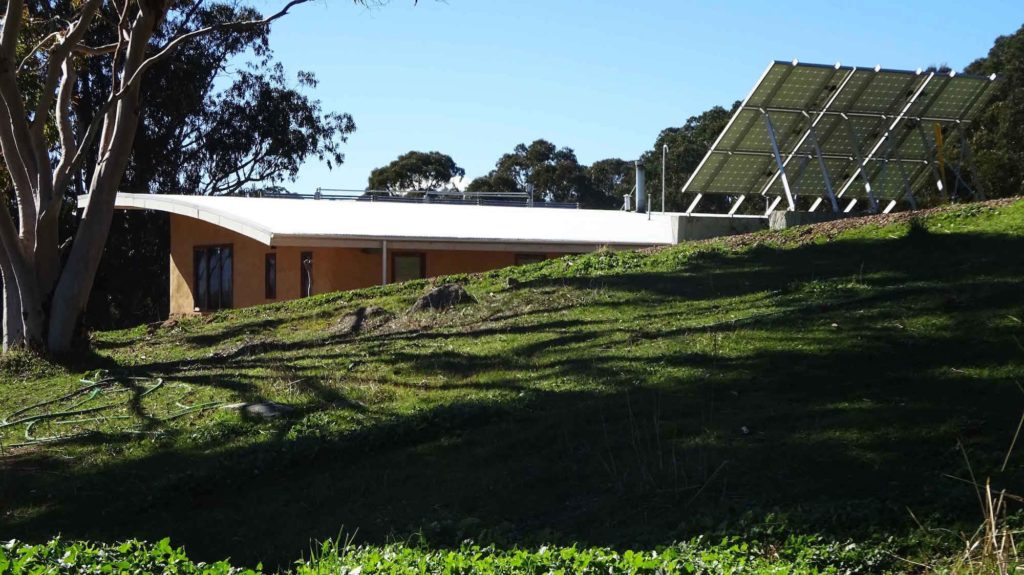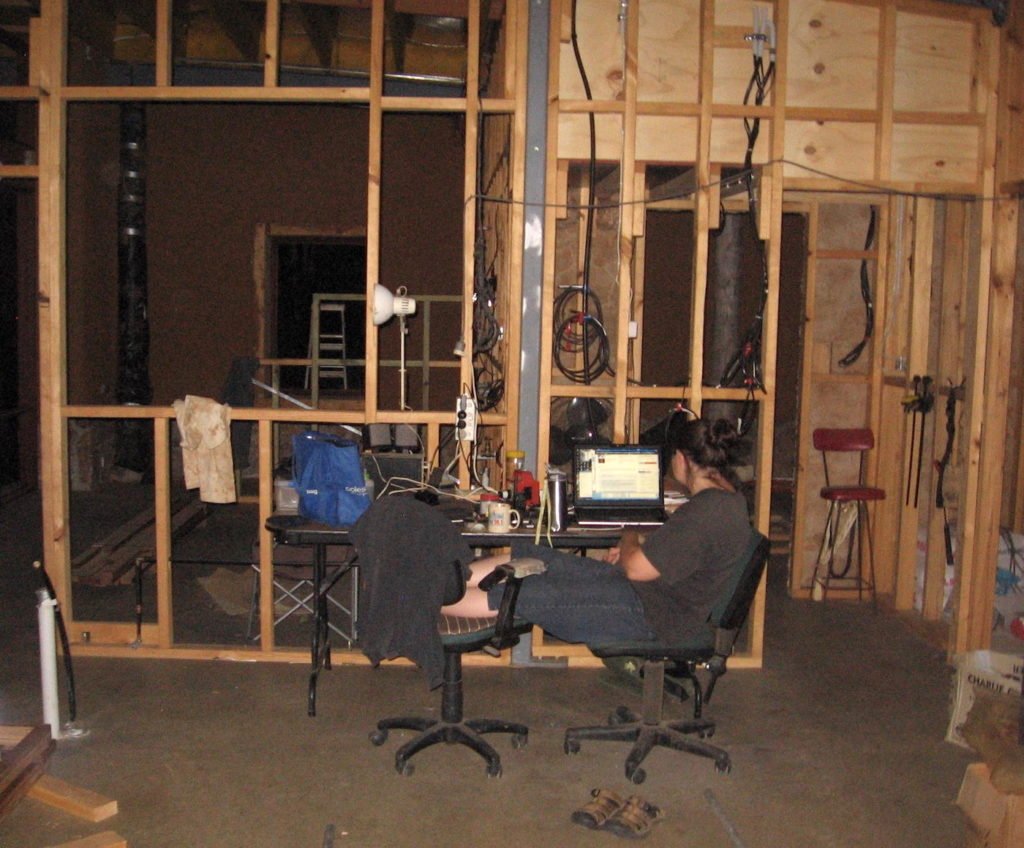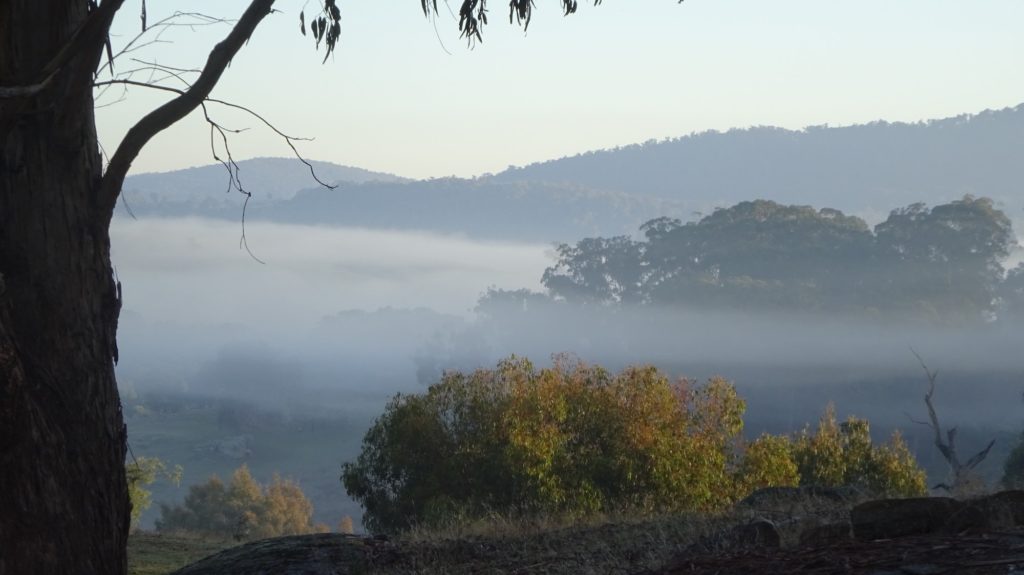News
16 May 2020
Living and working remotely
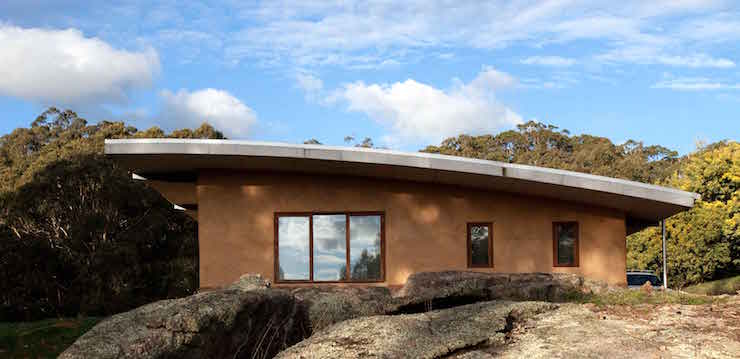
Subscribe to CX E-News
A few years ago, my partner and I made the decision to forgo the big-city conveniences and live in the bush. Not back-of-Bourke 2 days drive from the nearest store type of remote, but far enough away from the nearest mega centre to feel like we were isolated from the hordes.
Well, that myth busted recently as our local stores were cleaned out in seconds by carloads of panic shoppers arriving from the big smoke. Our “easy 2-hour window” back to town was just as easy for those getting out of town.
Prepper logic fail 101 …
Technical connectivity
When we first splurged on our 50 acres of dirt and trees, mobile telephony onsite was abysmal. This was great as we were “getting away from it all” and knew that we would get signal on the way back to town and catch up on any messages.
While we were weekenders this worked OK. As we started building a house there, my paid work changed to part time (Mon-Wed in the city) and left 3-4 days per week free for work on our abode among the trees.
This meant physical and telephonic disconnection for days at a time – great for avoiding the boss but bad for prolonging a relationship.
During this period, Telstra performed an upgrade to the nearby tower, finally giving us usable signal. I neglected to tell the boss but nightly domestic calls improved the separation blues.
It was even just fast enough to allow daytime audio streaming – begin Spotify subscription to belt out tunes while I belted timber and rocks and stuff.
Eventually, my part time job went bad, so I ended up onsite 5-6 days a week while my other half soldiered on in her city job.
As you could imagine, this was not great for our kinship but I solved that by crushing a disc in my back and being relegated to the city couch for 9 months.
When I could walk again, we doubled down and together moved into a shed on our property. Building became my therapy and local jobs for my cohort ensured that we could live together, albeit with reduced amenity.
Eventually, we finished the house and moved in whence I promptly re-injured the same disc. Bugger.
At least Telstra were upgrading again, so I simultaneously moved to a business account (faster and cheaper – go figure) and started spamming the internet with more words.
Might have even watched a few hours of YouTube while I recovered.
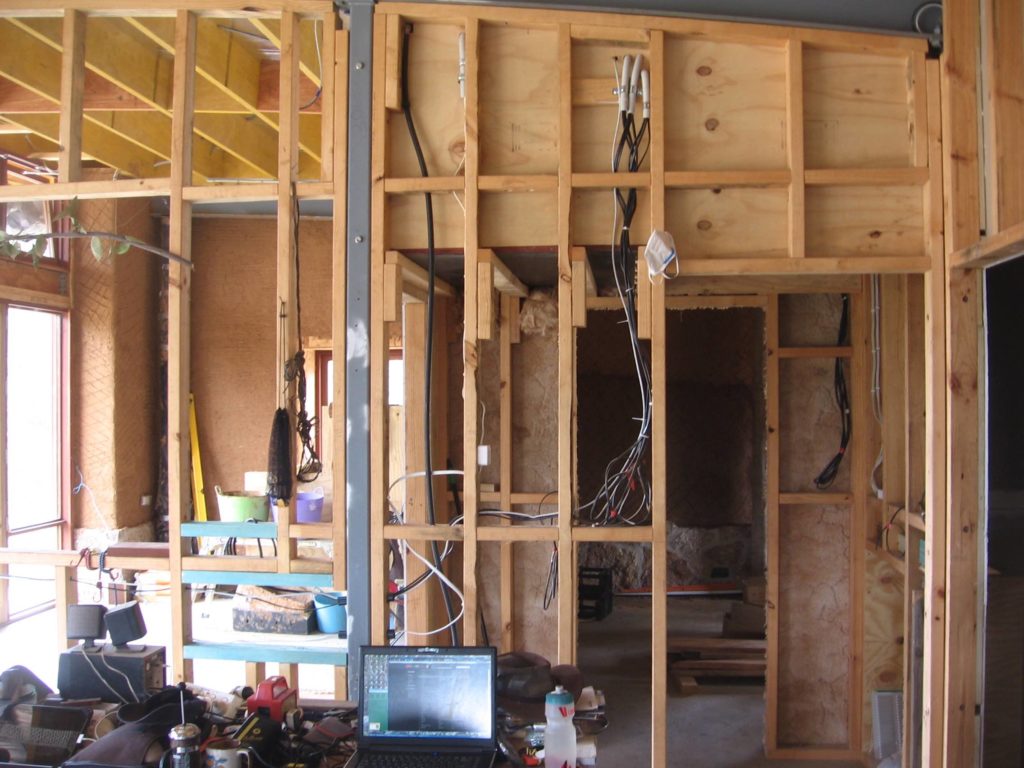
Beyond technical
These trials made it all too apparent to me just how reliant our household is on the technologies that keep us connected to the rest of humanity. Just as reliant as everyone that we left behind in the metropolises of the world.
Connections are important for business but more so for survival and sanity when you “live in the bush”.

For us, if the car breaks down, it’s a 25 minute walk just to get to the letter box. The nearest store is 10 minutes’ drive and it’s a glorified Post Office with a cranky proprietor.
The nearest decent store is 25 minutes away by car (I haven’t tried walking this one yet)!
That’s assuming that you don’t have to slow or stop for trees down, stock wandering outside the fence, old matey hobbling his even more ancient tractor down the middle of the road or best of all, two or more utes lined up window to window and everyone having a good old yack (one of my favourite ways of connecting now).
I’ve written plenty before about community inclusion and its benefits but these are becoming even more apparent in the current crisis. We are all scared for our lives and livelihoods, yet many locals are still putting their hands up to take on personal risk and serve others.
Pros & Cons of being remote
Yesterday was my dearest’s birthday. I was on a doctor and essential supplies run when our CFA pager went off and she responded to a fire.
As did a whole group of committed and caring volunteers.
They mostly went in their own cars (distancing and all that) and stayed at appropriate separation on scene but they all got some face time and social bonding while cleaning up someone else’s mistake.
Best of all, she was like a Cheshire Cat when we both got home – “I had the bestest birthday present. Got to use a fire hose to put out massive candles!”
Today was my turn – another burnoff got away and we had a forest of candles to douse. That was the easy bit. The more difficult aspect was overriding decades (centuries) of social conventions and conditioning to keep our distances.
I might have sprayed one with the hose a little bit … but they didn’t come any nearer!
Along with a unique social bonding, life out of the city comes with fires, floods and snakes (danger noodles). It also comes with significant physical separation from the shows, events and all the wonderful people that make up our industry.
I’ve had to devise strategies to remain in the loop.
Tips on #WFH
Working from home has its upsides but there are many traps to avoid. I have found a few ways to cope with the physical dislocation.
Number one rule for me is to stay in contact with everyone. I regularly scroll through the phone book and find someone that I haven’t spoken to in a while, then give them a call.
Pick a topic and stick to it, so that the time is productive for you both. It can be short and sweet but you don’t have to be face to face to maintain an affiliation.
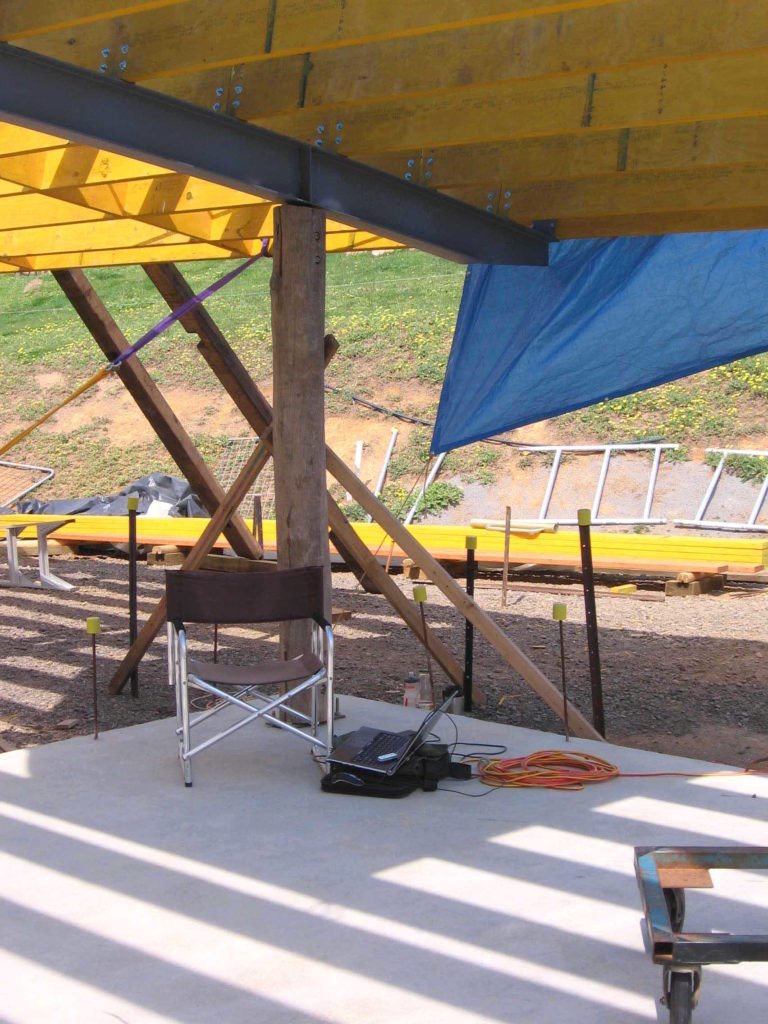
If you don’t regularly keep in contact with people, they can forget that you exist. I factor in half an hour or so of this most days.
The next essential is a dedicated workspace. We designed our house with his-n-her studies, so have an advantage on those with a laptop on the ironing board.
Mine’s even acoustically insulated! I also use my study for leisure but try and stay disciplined enough to switch between profit and pleasure modes.
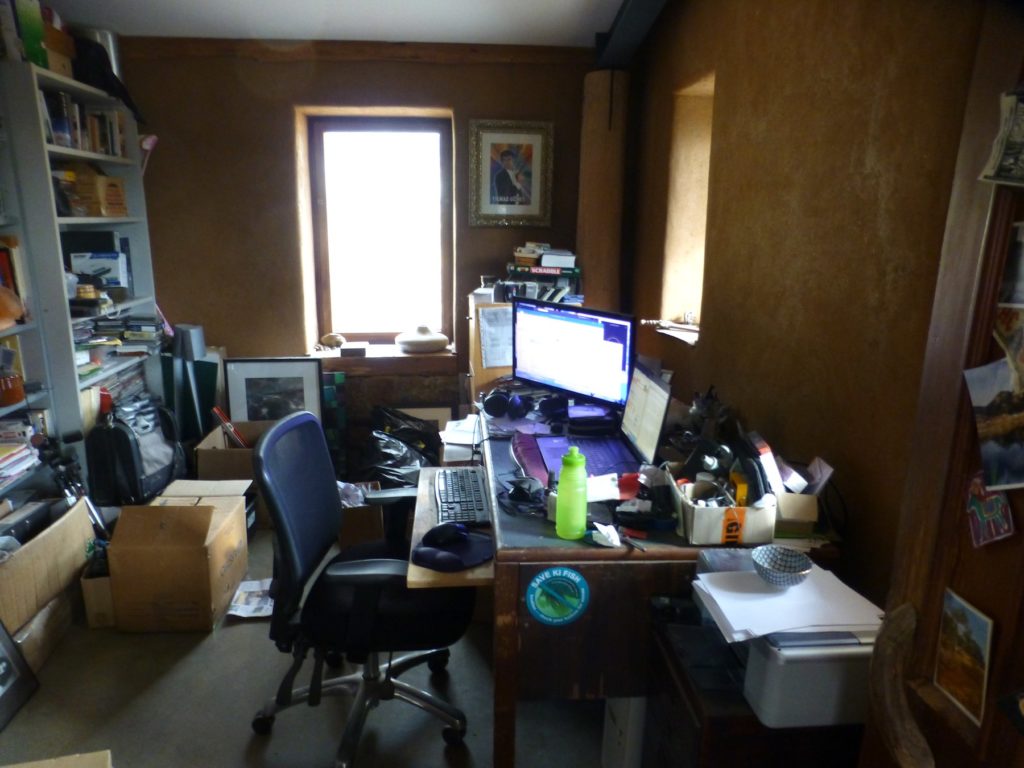
I will admit that this took a couple of years to get well established and is still a work in progress. I have to be clear with my spouse when I intend to be working and when I am not.
Headphones are another boon – bung on some tunes that you can work by and shut out the audible domestic world.
I set boundaries for work time and home time. Typically, ‘work’ hours are 9-5 Tuesday to Thursday.
Until shutdown, Monday and Friday mornings were allocated for fitness sessions but I get back on the clock to get an afternoon’s worth done afterwards.
I allow exceptions (and don’t go too hard on myself for occasional distractions) but try and achieve something concrete by the end of every day.
At 5-ish, I can let my hair down and do lifestyle things.
Try to block out your time. Allocate a period to each task and do nothing else until the next break. If your computer is fast enough, run multiple browser instances.
I keep one open for general and emergency news (with several pinned tabs) and a separate one for each job. When the job is finished, I close that instance and start new ones for the next job (if required).
Turn off or mute your socials and email client. Apportion time for these during the day and then shut them down again.
I’ll admit – it does take considerable self-discipline at times but temperance is an evolutionary work in progress and not an end goal in itself.
Even for one as practiced at WFH as me, the lockdown has presented challenges. Not the least being sharing with a partner who is also confined to barracks 24-7.
Communication, patience and empathy are key. As is taking time to your own self when needed. And this is from someone without children to supervise, amuse or keep entertained.
Good luck to all you parents.
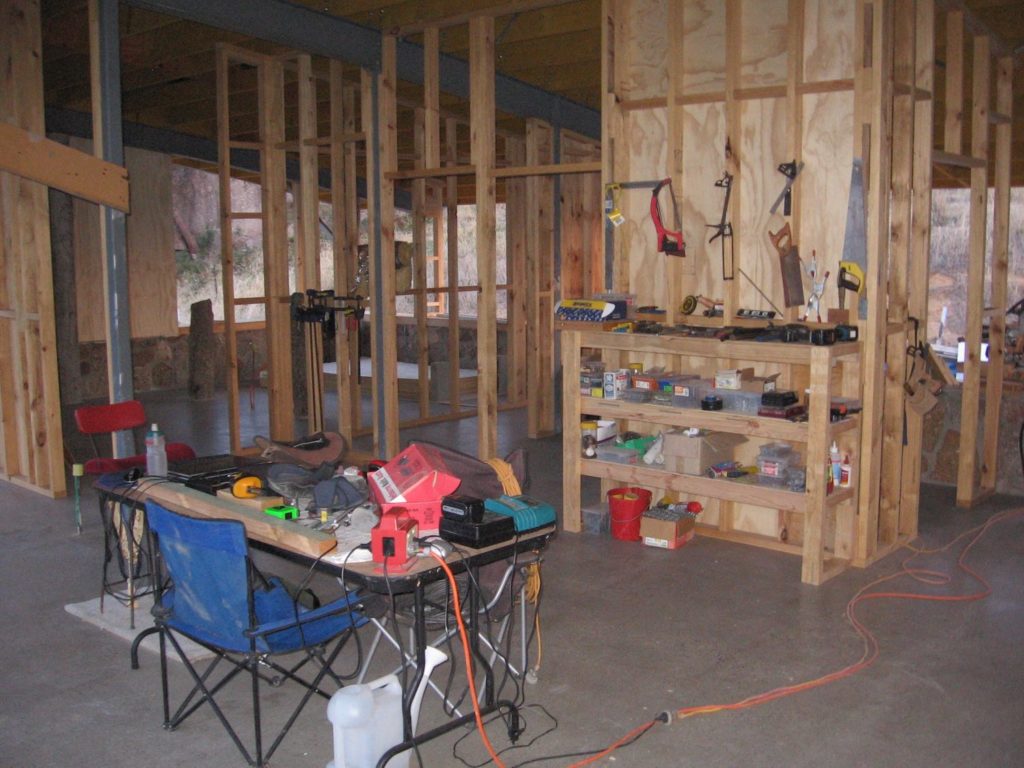
A critical trick for me is keeping moving. Sitting for long periods is not good for anyone’s body, but I find it is just as important for the mind to have regular breaks.
My recent routine has been to get up from the desk at least once per hour and walk around the outside of the house two or three times. Walk back inside and get on with it.
The body gets a break while the mind has time to reset or clarify. It’s also a good thing to do when you get stuck on a problem – the fresh air does wonders for the headspace.
If you are in a tight apartment or dungeon, you may need to be inventive to find ways to keep moving.
Not by your own choice, many of you will now be faced with this segregation from colleagues. Many will also be separated from their incomes – I know that mine has taken a big hit.
Holes in the calendar are opening up and I am trying to fill these with professional development – research, upskilling and networking. It’s fulfilling and more rewarding than watching depressing graphs on the news.
I’m sure that the more gregarious amongst you may find this separation difficult. It will take the utmost patience but, if the medical experts are right, it’s the only real option.
For now, you have phone and video chats. Do some projects around the house, read a book, conquer a video game, do whatever – but hang in there.
This won’t last forever.
In time, maybe we’ll see more co-working spaces. They were recently bridging the divide between office and home-based work. Perhaps these will evolve into local hubs providing small numbers of the human contact that we need while connected by technology to broader networks of people and businesses.
Each hub physically isolated but virtually connected.
Together we stand apart
For a long time, I have stayed in our industry from a distance.
This remoteness has been both my lifestyle choice and a tough ask professionally. Right now, though, I feel truly privileged to have the physical isolation that we do.
It’s taken hard work to achieve but we are also very lucky in so many respects and ever grateful for that. I don’t envy those in big cities at the moment but I want and need to stay connected to you, the reader and the industry.
I get great pleasure from giving back to an enterprise that has given so much to me and won’t let a nasty bug stop that. We’ll catch up for a beer soon enough.
CX Magazine – May 2020
LIGHTING | AUDIO | VIDEO | STAGING | INTEGRATION
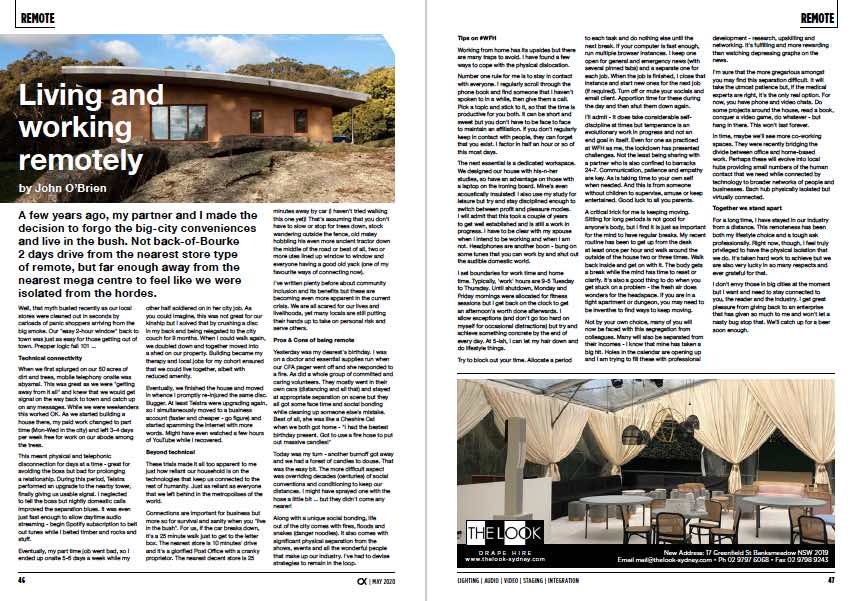
Entertainment technology news and issues for Australia and New Zealand
– in print and free online www.cxnetwork.com.au
© VCS Creative Publishing
Subscribe
Published monthly since 1991, our famous AV industry magazine is free for download or pay for print. Subscribers also receive CX News, our free weekly email with the latest industry news and jobs.

